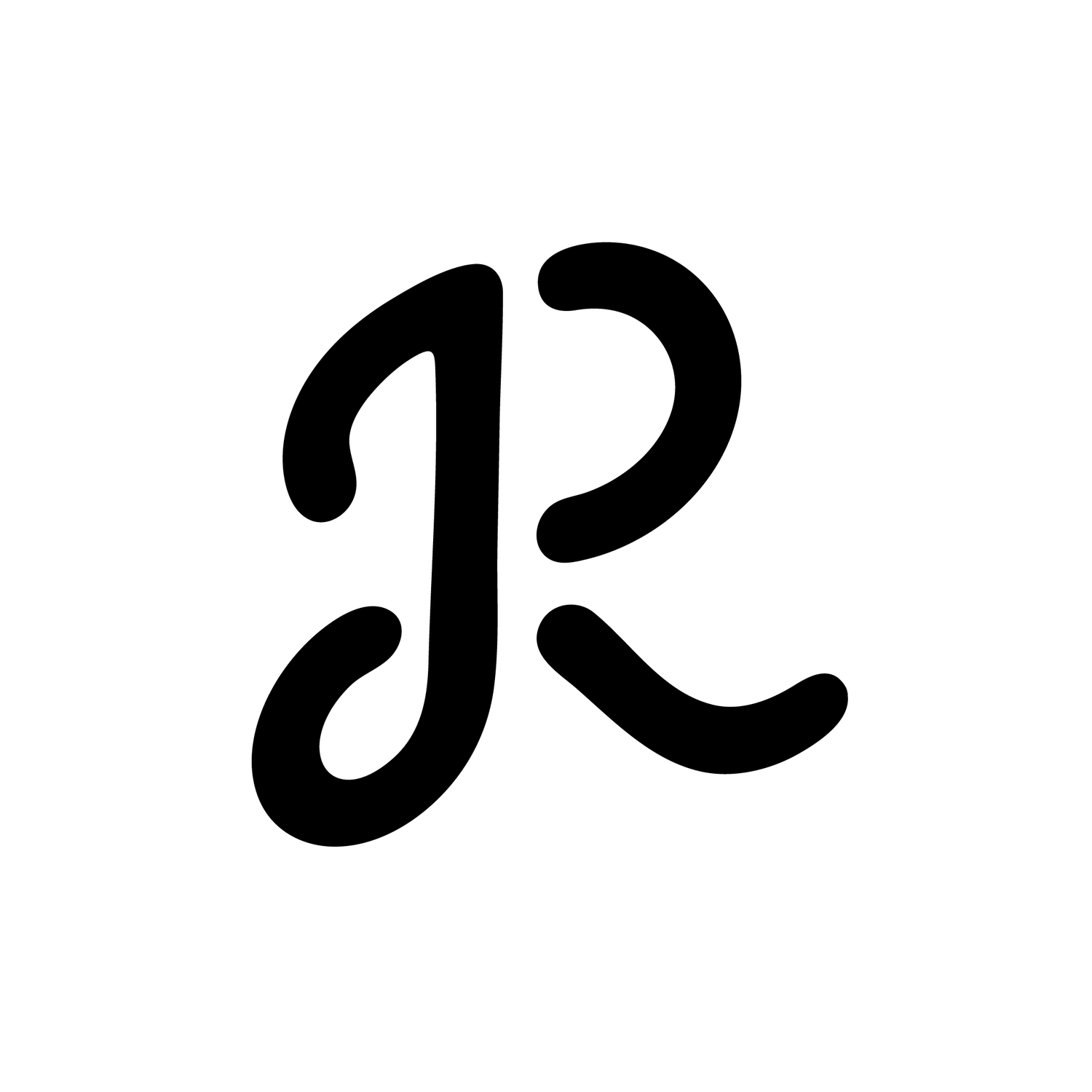Design is… hard. Product strategy is even harder, to say the least. Most of it is an art, using some science and numbers to guide us. If you Google product strategy, you’ll get a whole slew of resources, ideas, and argumentative articles. I’m not here to give you the overall breakdown, or convince you that you need product strategy.
Instead, I want to share the two methods I use most often to help clear things up, gain alignment, and give my brain have everything it needs to percolate and create its bizarre little connections. And they require absolutely ZERO design skills. I pinky-promise.
You know what they say when you assume…
I can almost guarantee if you think back to a less than favorable project experience, you’re probably going to point out there was an assumption that was used to make decisions. Here’s the thing about brains - you are never going to consciously say “Ok, I will be making this assumption now.” Our brains jump to conclusions faster than the speed of light (thanks synapses!) and we’re heavily influenced by social norms. What does that mean? It means if no one else around us questions a detail, we will often ALL accept that detail as truth. So - great - our brains are working against us. But there’s ways we can make ourselves and our brains more aware of these behaviors - all while doing team building and getting valuable direction.
The Assumptions Exercise
What: A collaborative exercise that gets everyone involved to contribute anything that could be an assumption in the project. This can be anything from an assumption about a user behavior to an assumption that there is any value to be derived from this effort (aka this project might not be the right fit).
Who: Ideally everyone involved on the project - Design Lead, Delivery Lead, and Product Owner. At minimum - Design Lead (who will then communicate insights to Delivery Lead)
When: At kickoff. Before logging hours to ANY design.
How:
Schedule a mini-workshop 1.5-2 hours long.
Remote: Miro board with stickies color-coded per participant
In-person: everyone gets a stack of stickies in a unique color/shapeSet the stage: For the next 15 minutes, everyone writes as many assumptions as they can conjure for this project. If more time is needed, please go ahead and add it.
Once everyone is done, it’s time to talk through them. Spend the next 30min having each person go through their sticky notes, out loud, and explain their thinking. As everyone does this, encourage everyone to start grouping sticky notes that feel related. Eventually, you should have several groupings of sticky notes.
Have the team label these groupings.
Spend any remaining time identifying which assumptions can be validated (by user research, talking to a stakeholder, etc.).
Assign an owner to each assumption that can be validated.
Breaking things down…
One of the hardest parts of Product Strategy is that there is just so much to discover. Information comes and goes - often changing quickly as decisions are made. This exercise continues to be my favorite for getting started on anything - whether it’s strategy or a hi-fi comp. I call it Fragment Gathering.
Fragment Gathering is almost exactly what it sounds like - I start making note of any fragment of info that pertains to problem I’m tackling. This includes things like:
Data points
Terminology preferences
Known/Expected patterns
User Jobs-to-be-Done
User mindsets and provisional personas
Reusable components
My favorite way to track these things (now) is in Miro. The ability to toss a sticky note down listing a fragment, and then be able to connect that so I can model/manipulate the relationships without jumping into Sketch is :chef-kiss:. That said - my brain has moments where it really, really needs physicality to grasp these relationships. In these cases a good old whiteboard or some papers scattered on a floor do wonders to seeing things in a different light. But regardless of the format - this is where any design I put together starts. Just tiny pieces of information being moved around so I can see where they are best suited, where they’ll have the most impact, and how to combine them for maximum value. Like designing a logo - if it works as its most base form (a simple black-and-white logo), it will work regardless of the effects and styling you apply over it. Same thing goes for the information in an experience - the base form needs to do most of the work. Anything added on top should only serve to aid in further/quicker comprehension.
I’m curious - have you found yourself doing similar things when first approaching a project or problem? Do you have a set process, or do you trust your gut to find the process?
